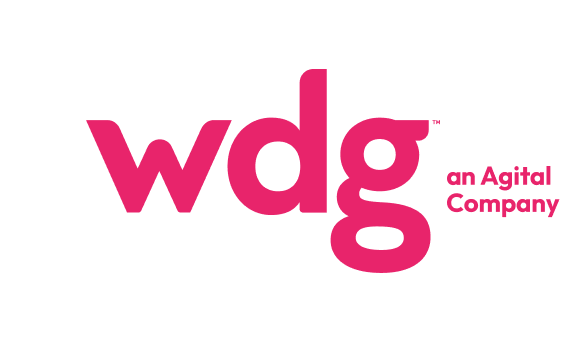WDG’s Copywriting Guide of 2015: Part 1

As part of the your digital resolutions, focusing on great copywriting is essential. We wrote in a previous blog that crafting personable and relatable content is an effective way of connecting to your users. In this 3-part series, we’ll share with you some tips and advice on just how to do it.
We’ll start with
- understanding who you are writing for,
- what you are writing,
- and how you should write it.
But first, what is copy? Copy refers to a set of written or verbal words used to promote a particular product or service.
Sounds simple enough, right?
While great copy is singlehandedly one of the most important tools in your website’s arsenal, it is also one of the hardest to master. Great copy is not just an amalgamation of clever words: it requires plenty of practice and tons of research. A knack for writing style is just the cherry on top.
Who Are You Writing For?
Our first stop zooms in on the who of copywriting.
Yes, Writing For Your Audience Matters
The sole purpose of copywriting is to give your users a reason to read your first sentence. This deceptively simple principle is actually the foundation of all great copywriting. If you cannot convince your readers to commit their time to the first string of words, the rest of your copy is at risk. After all, readers have no obligation to read the words you’ve published. Great copy will entice them to do so.
To Do: You can’t write a good first sentence without knowing what you want your audience to take away. What is the goal of your copy? What are you trying to achieve? A good hook is like a good mystery: leave enough for your audience to know what you are writing about, and enough to keep them interesting in reading more.
The Most Powerful Word
In copywriting, there is nothing wrong with indulging in your readers’ narcissism. After all, readers love to feel they are being addressed on a personal level. Tailor your copy to this psychological trend with one word:
“You.”
As you’ve read in this post, you probably noticed how I used “you” and “your” a couple of times in the introduction. Using “you” is an extremely simple way of encouraging readers to build a deeper connection to your website, and ultimately, your brand.
To Do: Listen to people as they talk. Listen to their tone of voice, cadence of words, and the words they use in common conversation. Conversational writing and the inclusion of “you” should read natural and unforced. Understanding how people speak will help.
Mind Your Audience
Who is your copy directed to? Picture the audience in your head: what are they like, what do they do on an average day, what is important to them. Creating a mental persona of your audience is an effective way of crafting copy that will cater to their needs.
Thankfully, you do not need to complete extensive research to gain insight on your readers. Strategize a way of interacting and conversing with your audience online to see what exactly they are looking for from your website. Once you have that, structuring copy based on user needs will be easier.
To Do: Ask yourself a few questions: who is my audience, what does my audience already know, what does my audience need to know, what questions might my audience have?
In part two of our copywriting guide, we’ll be going over different styles of writing, and which one might work for you. Stay tuned! In the meantime, if you have any questions, get in touch with us today!

